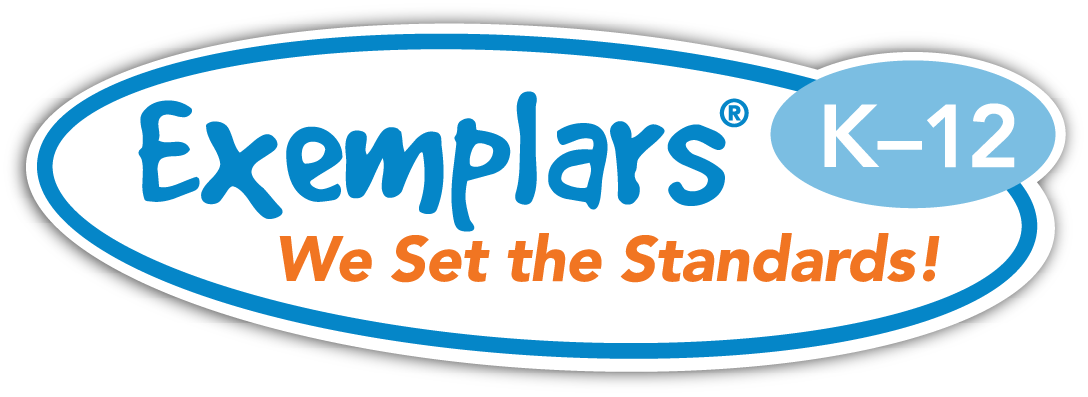Student Communication in Math
Scribing
"Scribing" is a practical way of helping non-writers, Pre K and primary students, communicate their thinking. Scribing teaches students what is important to communicate.
Deb Armitage's article Helping Primary Students Communicate Their Thinking outlines the types of questions that are essential in accurately portraying a student's thinking and the process for capturing that thinking.
Writing Math in the Primary Grades
Writing can be a powerful vehicle for empowering learners. As students write about their math, they are encouraged to synthesize their ideas about new mathematical concepts and apply those concepts to problem-solving situations.
To learn more, refer to the article, Writing Math Exemplars.
Math Journals
A math journal is a place where every student has the opportunity to verbalize their math knowledge to their teacher, internally to themselves and to their classmates. Students' writing becomes a source for social interaction as they read journal entries to partners and the whole class, talk about their learning and listen to others share different levels of mathematical reasoning.
To learn more about one teacher's experience and research on math journals, refer to the article Using Journals in Math.
Digital Portfolios
Student Reflection as Communication
The article Creating a Richer Picture, by Kelly Rizzo describes the work of the Barrington, Rhode Island school district and Ideas Consulting to create digital portfolios. It is filled with examples of students and teachers reflecting on students' work. This is a wonderful portrayal of how one school district uses portfolios to enhance communication - both as a reflection of students' accomplishments and a vehicle for improving student performance.
Communication Elements from the Exemplars Rubric
Below are the relevant communication performance standards from the Exemplars Standards-Based Math Rubric at the Practitioner Level.
- Reasoning and Proof
- Arguments are constructed with adequate mathematical basis
- Communication
- A sense of audience or purpose is communicated
- ...a methodically organized, coherent, sequenced and labeled response
- Formal math language is used throughout the solution to share and clarify ideas
- Representation
- Appropriate and accurate mathematical representation

